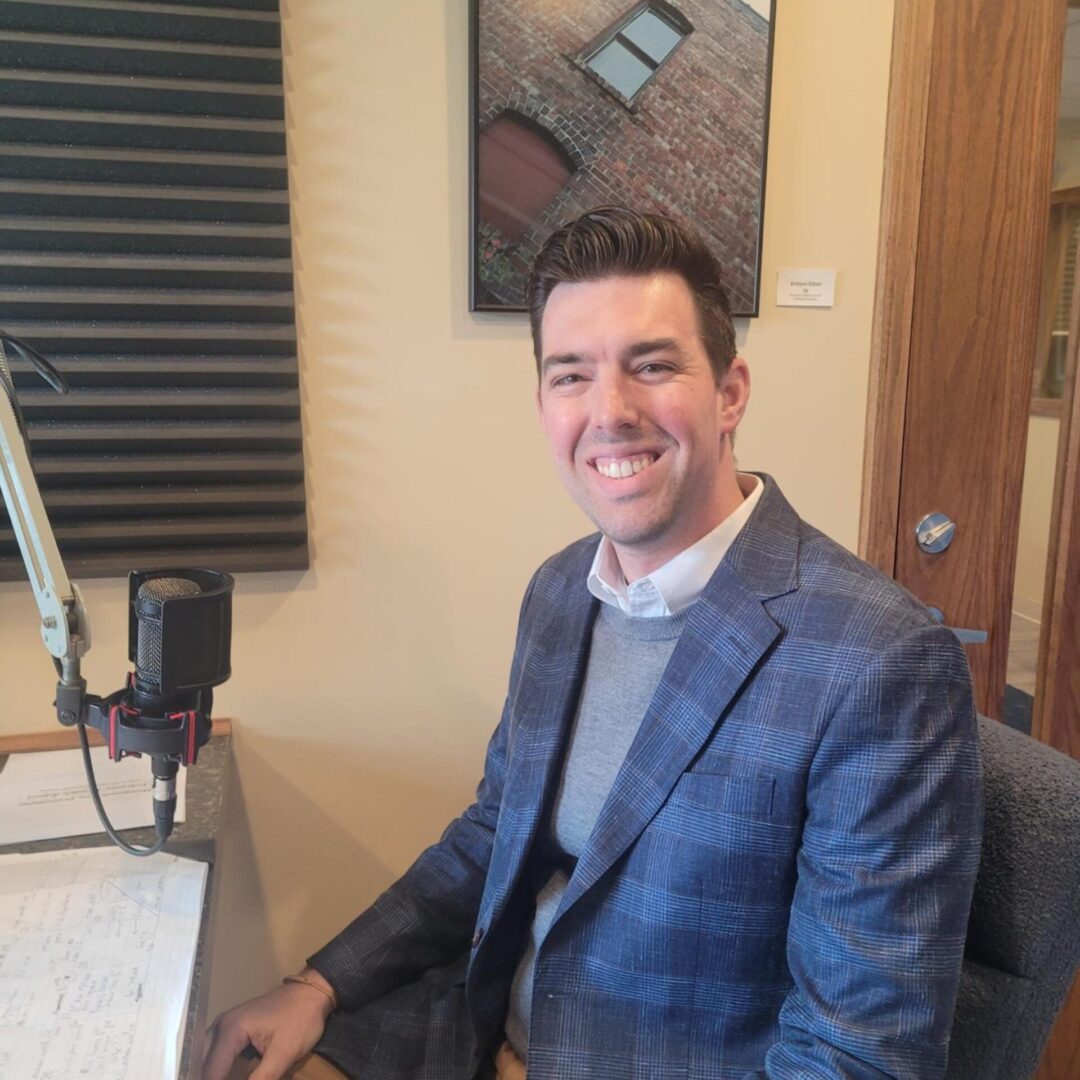MONMOUTH, IL – Two weeks into the new training room protocol at Monmouth College, head athletic trainer Bob Foster has no complaints as the Fighting Scots’ student-athletes have quickly picked up on the new COVID safety measures.
“They’ve adjusted very quickly,” said Foster of Monmouth’s 400-plus student-athletes. “We’ve made a lot of changes and they’ve done a really good job for us. I can’t complain.”
Among the changes are daily temperature checks for student-athletes practicing that day and temperature checks for all athletic department personnel. Once the temperature is recorded ¬- it must be no higher than 100.3 degrees per CDC guidelines to pass – Foster’s staff records the reading in a database that is made available to the coaches. Student-athletes who have not had a temperature check that day may not practice until they pass the temperature guidelines.
“The temperature checks are going really well,” reported Foster. “It was an adjustment for them at first, but after the rollout on Week 1, Week 2 went pretty well. We also ask them if they’ve had any symptoms. That’s in addition to the Symptom Tracking that the college emails out each morning. It’s another opportunity to head off transmission.”
Student-athletes must sign up for a time in 10-minute increments to allow for traffic flow and avoid congestion at the check-in station, located at the main window of the equipment room in the Huff Athletic Center’s lower level.
“It just made sense to do the temperature checks at the equipment room window,” explained equipment manager Neil Mecagni. “The trainers and I work together quite a bit anyway, and this system improves the traffic flow and makes the location a one-stop shop for the mandatory temperature checks and getting their gear. It’s changed my routine a little, but we’re becoming pretty efficient at getting people through.”
Assistant athletic trainer Cali Elliott couldn’t agree more, although she’s seen a lighter workday with fewer injuries and more time spent in the training and equipment room than on the field.
“It’s been a change of pace for everyone,” she said. “The student-athletes are doing a great job with the ‘new normal,’ and it’s going to be with us for a while. We’re still treating some injuries, but it’s definitely been a change in the routine for all of us.”
Some of Monmouth’s student-athletes have already adopted the changes as part of their daily routine.
“I’ve got an 8 a.m. class, so I just know every day I have practice, I’ve got a temperature check at 9,” said Loryn Beal, a junior volleyball player from Pontiac, Ill.
Foster said coaches and the rest of the Huff Center staff have been diligent in their commitment to keeping everyone safe with the daily temperature checks.
“We want to make sure our staff in the building are also safe to come into contact with others,” explained Foster. “I don’t think we’re unique among colleges and universities. I expect they’re all taking similar preventative measures. How it’s implemented might be different, but it’s all about preventing, or slowing, the spread of COVID.”
The Scots’ student-athletes are also adjusting to the new system of preventative measures before and after practice. Gone are the days of a training room packed with student-athletes awaiting taping and treatment. The patient tables are spread out, maintaining social distancing. Slower, lighter and less intense practices have resulted in a decrease in injuries, although Foster and his staff are still busy treating minor ailments.
“We haven’t had a lot of injuries, but probably more strains than anything,” said Foster. “That’s probably the result of a combination of things. They’ve been off for an extended period. Some didn’t expect a fall season and are probably a little bit out of shape. We’re really seeing the injuries we normally see, just not as many. The upside is, now we have the opportunity to spend more time with them and do more prevention and education to keep them healthy.”
Foster credits the lower number of significant injuries to the lack of contact in practices due to COVID restrictions.
“The belief is that noncontact practices generate very few injuries and we’re seeing that in fewer training room visits,” explained Foster. “However, we do staff the training room during normal practice hours through the week. We’re here if they need us.”
Foster and Elliott will be in the training room for as long as the Scots’ student-athletes need them. They’re both hoping to get back to the hectic pace they’ve become accustomed to, but admit, it could be a while before that happens.
“We’ll have the COVID protocols in place until the NCAA gives us the all-clear,” said Foster. “We don’t know when that will be, but like everyone else, we’re all hoping it’s by the spring. It’s really about keeping our student-athletes, athletics staff, the campus and the larger community safe from the spread of COVID.”
















